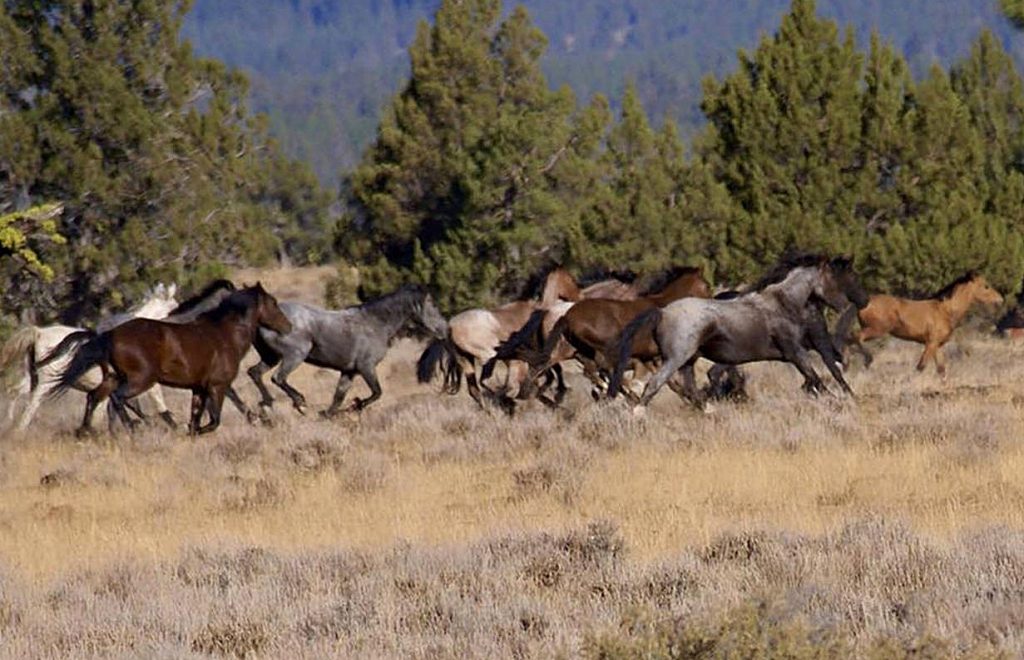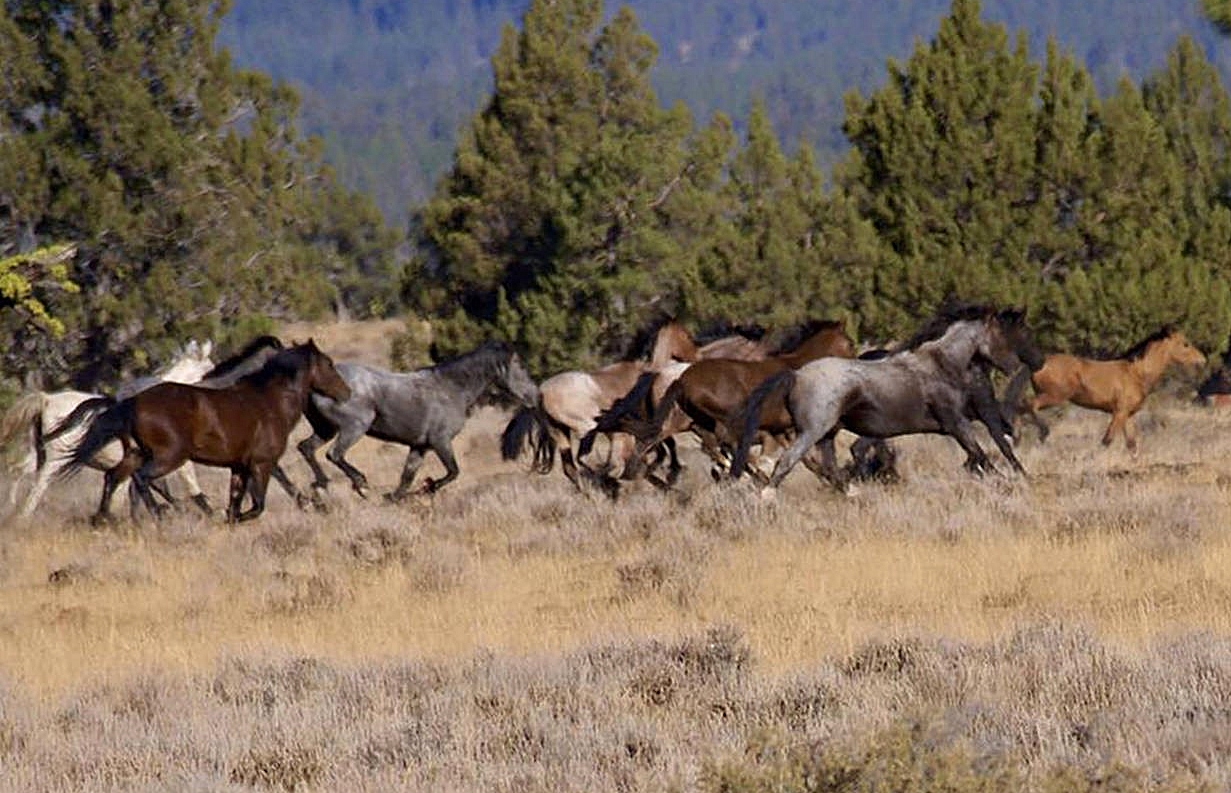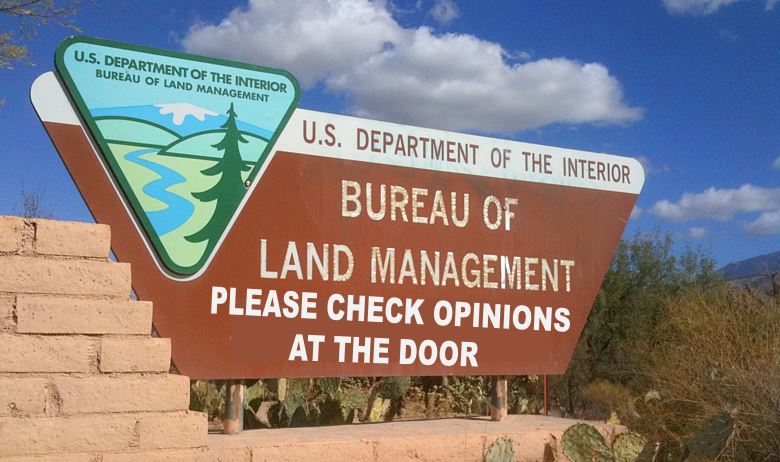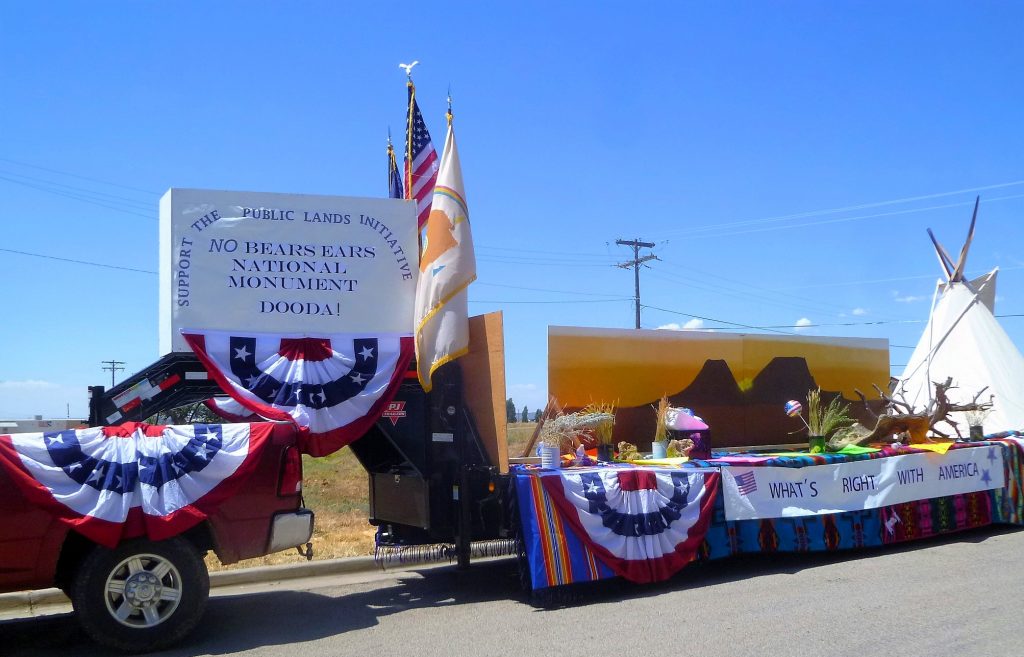An estimated 55,000 wild horses roamed public U.S. rangelands as of March of last year, more than double the federally advised number. As natural predators diminish, several efforts are under way to use fertility-control methods to curb new births.
Ranchers, Government Find Common Ground in Fight to Restrict Wild Horses
They join forces to fight objections by animal-rights’ groups to horse-refuge changes
The traditional antagonists are on the same side of a lawsuit brought by animal-rights groups over a disputed territory for wild horses in a sparsely populated corner of northern California.
The cooperation represents a departure from the usual tension between ranchers and the federal agencies that oversee open lands, which flared dramatically with last year’s armed occupation of an Oregon refuge.
A federal appellate court is set to hear arguments Wednesday in the case. Animal-rights groups claim the U.S. Department of Agriculture and other agencies unfairly restricted where wild horses can roam when they re-evaluated a horse-management plan in 2013 for Modoc County, which borders Oregon and Nevada.
Ranchers argue their livestock, chiefly cattle and sheep, should have claims to the land, not horses.
The Agriculture Department and U.S. Forest Service, meanwhile, say they were fixing a decades-old clerical error when they eliminated a 23,000-acre section from the Devil’s Garden Plateau Wild Horse Territory, largely encompassed by the Modoc National Forest.
Now, the horse territory includes two noncontiguous stretches totaling 232,500 acres. Animal-rights groups say inbreeding could occur as the horse populations remain segregated and discouraged from traveling through the disputed middle region.
The Forest Service says it can remove horses at any time from the contested area. It says the area was never meant to be included in the horse territory and was only mistakenly interpreted as such because of an incorrect acreage figure given in a 1991 forest plan.
The court’s ruling could have a broader impact on how federal agencies manage land, said William Eubanks, an attorney for the American Wild Horse Preservation Campaign, which first brought the lawsuit in 2014.
“If we win, it’ll send the signal to agencies that they can’t just assert they’re fixing an error done years earlier and do no analysis on it,” Mr. Eubanks said. The lawsuit seeks an environmental-impact study on carving up the horse territory. The federal agencies say correcting the 1991 error “would not have a significant impact on the environment.”
The wild-horse population in rural Modoc County, which has less than 10,000 people, has ballooned in recent years. Last February, the Forest Service counted nearly 2,500 adult horses, well over the 402 the agency said is the “appropriate management level” in the region. A Forest Service spokesman said it since had removed 220 horses but expect the population has increased again.
An estimated 55,000 wild horses roamed public U.S. rangelands as of March of last year, more than double the federally advised number. As natural predators diminish, several efforts are under way to use fertility-control methods to curb new births.
The animals have been protected and managed since the 1971 passage by Congress of the Wild Free-Roaming Horse and Burros Act, which sought to preserve the horses as “living symbols of the historic and pioneer spirit of the West.” The wild horses in the Modoc County region are said to be descendants of local ranch horses, in the area since the late 1800s.
The California Cattlemen’s Association and other industry groups intervened in the case on the side of the government, and argued in a court filing that a decision overturning a lower court’s dismissal of the lawsuit “dangerously signals to the Forest Service a policy of ever-expanding wild horse territories at the expense of other statutorily protected uses of public land natural resources.”
The dispute is scheduled for oral arguments at the U.S. Court of Appeals for the District of Columbia, an influential court that hears many appeals involving federal agencies.
Sara Randazzo




